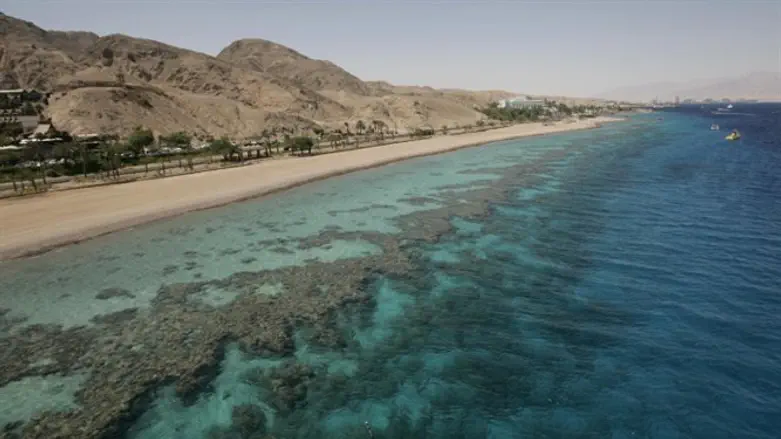
Towards the beginning of this weeks’ Parsha, the Torah briefly lists the descendants of Levi. When speaking about Aharon, the verse mentions that he married “Elisheva the daughter of Aminadav; sister of Nachshon.”
Rashi quotes the Gemara in Baba Batra that says from here we can learn that before marrying a woman one should look at her brothers.
I can think of no place better to speak about Nachshon ben Aminadav than here, where he is mentioned because of his merits.
Nachshon ben Aminadav is best known for his part in splitting the Red Sea. According to Rabbi Yehuda in Masechet Sotah, when Bnei Yisrael were standing on the edge of the sea, the different tribes argued each saying “I am not going first” until Nachshon ben Aminadav jumped in.
Nachshon continues this theme of being first with the offerings of the Nesiim,the princes of each tribe, during the inauguration of the Mishkan. Even though Yehudah, the tribe that Nachshon represents, is the fourth in the natural order of the tribes, Nachshon is the first of the Nesiim to bring an offering, determining the nature of the rest of the offerings.
The Seder Olam Rabbah brings several possibilities for when Nachshon may have died. The one I would like to focus on is the idea that he died with the Ma’apilim. After the sin of the spies, as Moshe, Yehoshua and the elders discussed what the future looked like, Nachshon gathered a group of people and started to march to Eretz Yisrael to show that not everyone was negatively influenced by the spies' account of the land.
Through action, Nachshon aimed to right the wrong done by the spies. Sadly, the endeavor ended badly with the massacre of this dedicated group.
The Seder Olam finishes by saying: And why didn’t it work out? Because Yisrael didn’t follow. The issue wasn’t going up, the issue was that the nation didn’t follow those who tried to act.
If we compare splitting the sea to the Ma’apilim we can learn valuable lessons. Why does jumping into the sea work out for Nachshon, while climbing a mountain does not? The most obvious difference is that by Yam Suf, the Reed Sea, the nation followed him, whereas with the Ma’apilim only a small group followed.
From here we can learn two things, each of which can stand by themselves, but I believe they go hand in hand. The first lesson is that a leader is only as strong as his following. The second is that our nation is extremely interconnected, and we can only truly have Eretz Yisrael if we all want it.
That was true back then, as many mourned having to go into Israel, and is a lesson worth thinking about today.
